Skiing is a thrilling sport that combines the excitement of speed with the beauty of snowy landscapes. However, to ensure safety and performance, it's crucial to have the right equipment, especially when it comes to ski bindings.
In this comprehensive guide, we'll walk you through the process of choosing the perfect ski bindings for your winter adventures.
Understanding Ski Bindings
Ski bindings are a critical component of your ski equipment. They are the interface between your boots and skis, designed to keep you securely attached while skiing and to release in the event of a fall.
Choosing the right bindings is essential for both safety and performance.
The Importance of Compatibility
When selecting ski bindings, it's vital to ensure they are compatible with your alpine ski boots or alpine touring boots.
The bindings must fit the boot sole length and type, whether you're using alpine, telemark, or touring boots. Compatibility affects not only performance but also safety on the slopes.
Skiing Ability and Binding Choice
Your skiing ability is a significant factor in choosing ski bindings. Beginners may require bindings with lower release settings, while advanced skiers might opt for beefier construction with higher DIN settings to withstand the force required at high speeds. Always consider your ability level when buying ski bindings.

Types of Ski Bindings
There are several types of ski bindings, each designed for specific skiing activities. Alpine ski bindings are made for resort skiing, while alpine touring bindings and tech bindings are better suited for backcountry adventures.
Telemark bindings allow for free heel movement, catering to a unique skiing style.
Alpine Touring Bindings vs. Downhill Ski Bindings
Alpine touring bindings are designed for skiers who enjoy both climbing and descending, offering a way to free the heel for uphill movement.
Downhill ski bindings, on the other hand, are built for stability and performance during high-speed descents at ski resorts.
Telemark Bindings and Free Heel Movement
Telemark bindings differ from alpine and touring bindings by allowing the heel to lift off the ski, which is essential for the telemark turn. They require telemark boots and are favored by skiers looking for a different kind of downhill skiing experience.
Integrated Bindings vs. Separate Components
Some skis come with integrated bindings, which are designed to work specifically with those skis. Others require separate bindings to be mounted. Integrated bindings can offer a seamless experience, while separate components allow for more customization.
Boot Soles and Binding Compatibility
The type of boot soles you have—whether they're alpine ski boots, alpine touring boots, or telemark boots—will dictate the compatible bindings. Make sure to check the boot sole type before purchasing bindings to ensure a proper fit.

Adjusting Ski Bindings for Performance
To adjust ski bindings, you'll need to consider your weight, ability, and boot size. Certified ski techs at ski shops can help you determine the correct DIN settings for your bindings, ensuring they release when necessary for safety.
Customizing Bindings for Personal Style and Terrain
When it comes to personalizing your skiing experience, the way your ski bindings are mounted can make a significant difference. For those who love to carve on groomed runs, a forward mount position can enhance responsiveness.
Conversely, if you're someone who enjoys floating through powder, a mount towards the back can improve your ability to lean back and navigate deep snow. It's not just about the position, though; the adjustment range of your bindings also plays a crucial role.
This range allows for fine-tuning, ensuring that your bindings respond to your movements with precision, which is particularly important for intermediate skiers looking to advance their skills.
Backcountry bindings are a game-changer for adventurers who prefer the path less taken. These specialized activity-specific bindings are designed to facilitate uphill travel with features like heel risers and a release mechanism that frees the heel piece for a natural stride.
When it's time to descend, they lock back down, providing the security and performance of an alpine binding. It's essential to consider the type of terrain you'll be exploring and choose a binding that offers the right balance of weight, durability, and ease of use.
Whether you're an avid off-piste skier or occasionally venture into the backcountry, the right bindings can elevate your mountain experience.
The Intricacies of Anti-Friction Devices in Ski Bindings
When it comes to ensuring your ski bindings are mounted correctly, the role of the anti-friction device (AFD) cannot be overstated. This small but mighty component sits beneath the toe piece of your binding and plays a crucial role in your safety on the slopes.
It allows the ski boot to release smoothly during a fall, reducing the risk of injury. Without a properly functioning AFD, your bindings might not release when needed, or conversely, they could release unexpectedly, leading to a loss of control.
The material and condition of the AFD are paramount. Traditionally made from Teflon or similar low-friction materials, the AFD must be kept clean and undamaged to function correctly.
Over time, wear and tear or exposure to the elements can compromise its effectiveness. That's why it's essential to have your ski bindings and AFD checked regularly by a professional, especially if you notice any sticking or resistance when stepping into your bindings.
Remember, a well-maintained AFD can make all the difference between a close call and a call to the ski patrol.

Tailoring Your Setup with Activity-Specific Bindings
Choosing activity-specific bindings can elevate your skiing experience from good to great. Whether you're a freestyle skier hitting the park, a backcountry enthusiast exploring off-piste, or a racer carving through gates, there's a binding designed to optimize your performance.
For instance, freestyle bindings often feature wider mounting points to support the lateral movements and impacts of tricks and jumps.
Meanwhile, backcountry ski bindings prioritize a lightweight design for easier uphill travel and may include features like heel risers to assist with steep ascents.
But it's not just about the type of skiing you do; it's also about how the bindings interact with your ski boot. The connection between the boot and the toe piece of the binding is critical for precise control and power transfer.
For racers, a binding that offers a tight, secure fit with minimal play is essential for high-speed stability and responsiveness. On the other hand, freeride and all-mountain skiers might prefer a binding that allows for a degree of flexibility to absorb shocks and adapt to varied terrain.
By matching your bindings to your activity, you'll not only improve your performance but also enhance your overall enjoyment of the sport.
Ensuring Safety and Comfort with Proper Fit and Technology
The intersection of safety and comfort in skiing is where new ski boots and bindings come together. It's crucial to ensure that your boot sizes are compatible with your adult bindings to avoid any play or movement that could lead to injury. Anti-friction devices are also key components that contribute to safety.
They sit under the toe pieces and ensure that the boot releases smoothly from the binding during the fall, which is an essential feature for skiers of every skier type. When selecting new gear, always check that these safety features are present and compatible with your equipment.
For intermediate skiers, the journey to becoming an expert is filled with exciting challenges, and having the right equipment is part of that progression.
The heel pieces and toe pieces of your bindings should offer an adjustment range that accommodates your specific needs, allowing for growth in both skill and confidence.
As you progress, you may find that your style or preferred terrain changes, and your bindings should be able to adapt with you.
Whether you're tightening your turns on the groomers or tackling moguls, the right bindings will support your journey, providing the necessary control and responsiveness to tackle any slope with assurance.
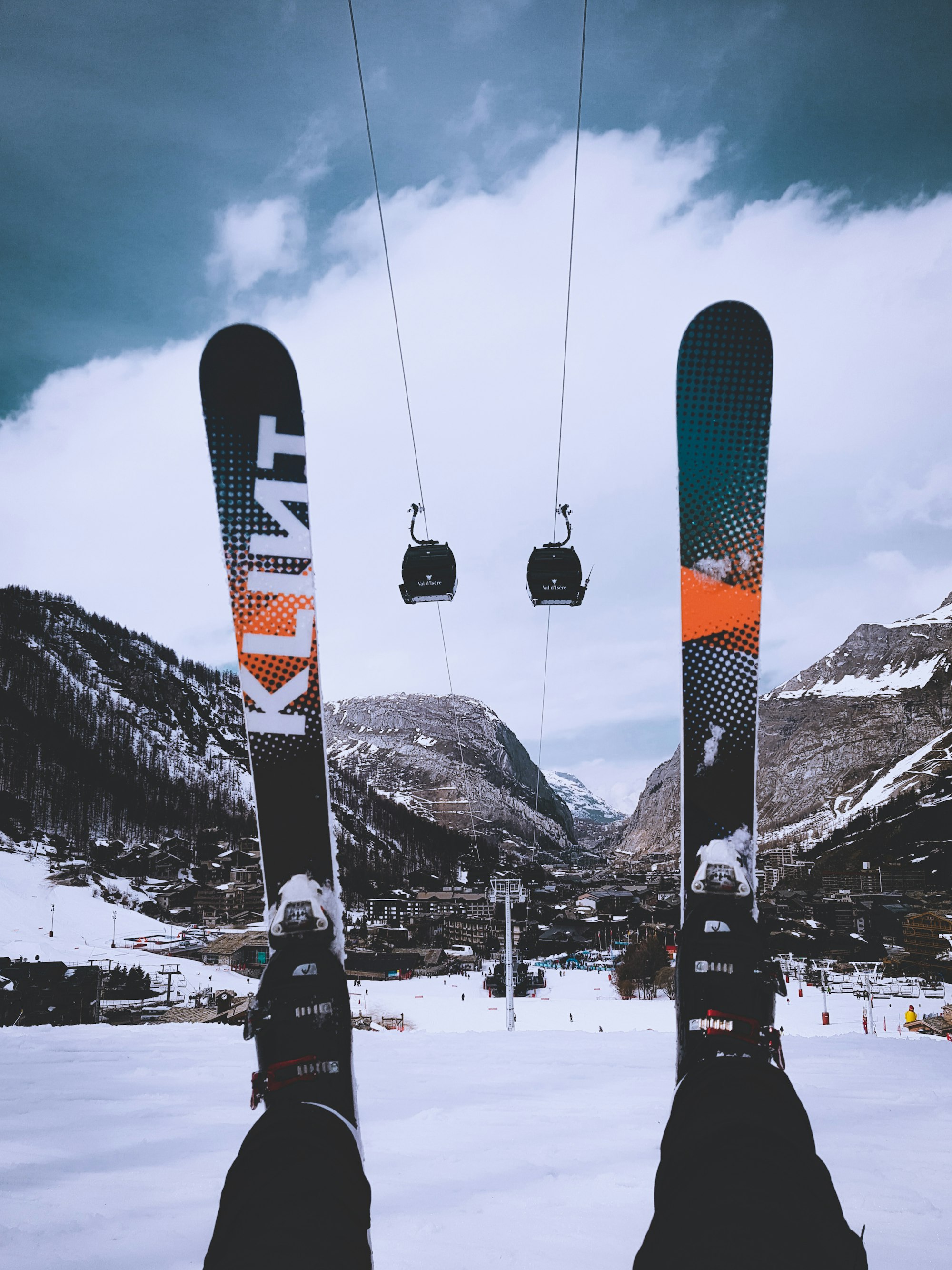
The Role of Ski Brakes
Ski brakes are an essential feature of most binding models. They help prevent runaway skis in case of a release. The brake width should match the ski width to function correctly, so always check this specification when choosing ski bindings.
Selecting the Right DIN Range
The DIN range of binding indicates the force required for the binding to release. It's crucial to select a binding with a DIN range that matches your weight, skill level, and skiing style to ensure your safety on the slopes.
Importance of Having Bindings Inspected
It's recommended to have your bindings inspected by a certified ski tech at the beginning of each season. They can check the binding settings and make any necessary adjustments to ensure your safety while skiing.
Choosing Bindings for Specific Skis
When you buy ski bindings, consider the specific skis you'll be using them with. Some bindings are designed to work with specific skis, and using the wrong type can affect performance and safety.
Mounting Position and Ski Performance
The mounting position of your ski bindings can affect the ski's performance. Forward mounting positions can make the skis more playful, while a rearward position can increase stability at high speeds. Consult with a certified ski tech to find the optimal mounting position for your style.
Understanding Brake Width and Ski Width
The brake width of your ski bindings should closely match the waist width of your skis. If the brake arms are too narrow, they won't deploy properly, and if they're too wide, they can drag in the snow and affect performance.
Activity-Specific Bindings for Optimal Experience
Activity-specific bindings, such as alpine touring bindings for backcountry skiing or alpine bindings for resort skiing, can enhance your experience by providing features and performance tailored to your preferred activity.
The Significance of Toe and Heel Pieces
The toe and heel pieces of ski bindings are crucial for securing the boot and providing the necessary lateral release during a fall. Ensure that these components are robust and reliable when choosing your bindings.
Hybrid Bindings: The Best of Both Worlds
Hybrid bindings offer a combination of features from both alpine and touring bindings. They are an excellent choice for skiers who want the flexibility to ski inbounds and explore the backcountry without changing equipment.
How To Choose Ski Bindings
Some Final Thoughts
Choosing the right ski bindings is a critical decision for any skier. By considering factors such as compatibility with your boots, skiing ability, the type of skiing you'll be doing, and the specific features of different binding models, you can ensure a safe and enjoyable experience on the slopes.
Remember to consult with a certified ski tech for proper mounting and adjustment of your bindings, and always have them inspected before the season starts.
FAQ's
How often should I have my ski bindings inspected?
It's recommended to have your ski bindings inspected by a certified ski tech at least once a season or after any significant impact or fall.
Can I use alpine ski boots with alpine touring bindings?
It depends on the specific models of boots and bindings. Some alpine touring bindings are compatible with alpine ski boots, but it's essential to check the manufacturer's specifications to ensure compatibility.
What is the DIN setting on ski bindings?
The DIN setting on ski bindings refers to the release force setting, which is adjusted based on the skier's weight, ability level, and skiing style to ensure the bindings release in the event of a fall.
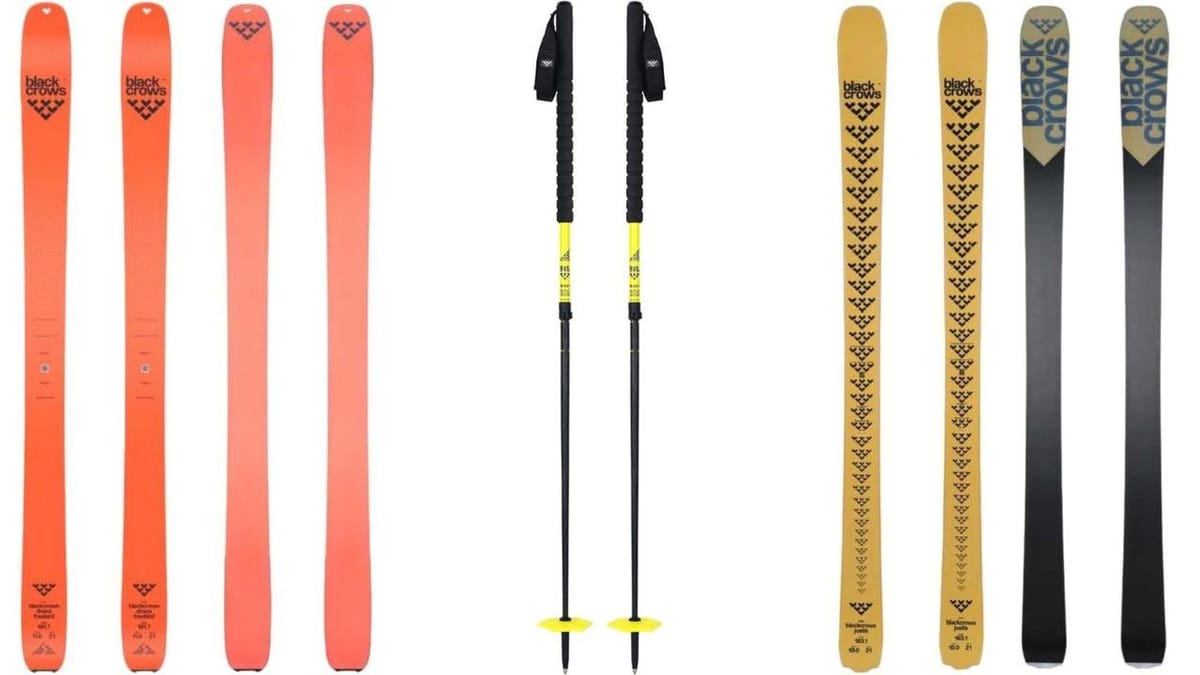

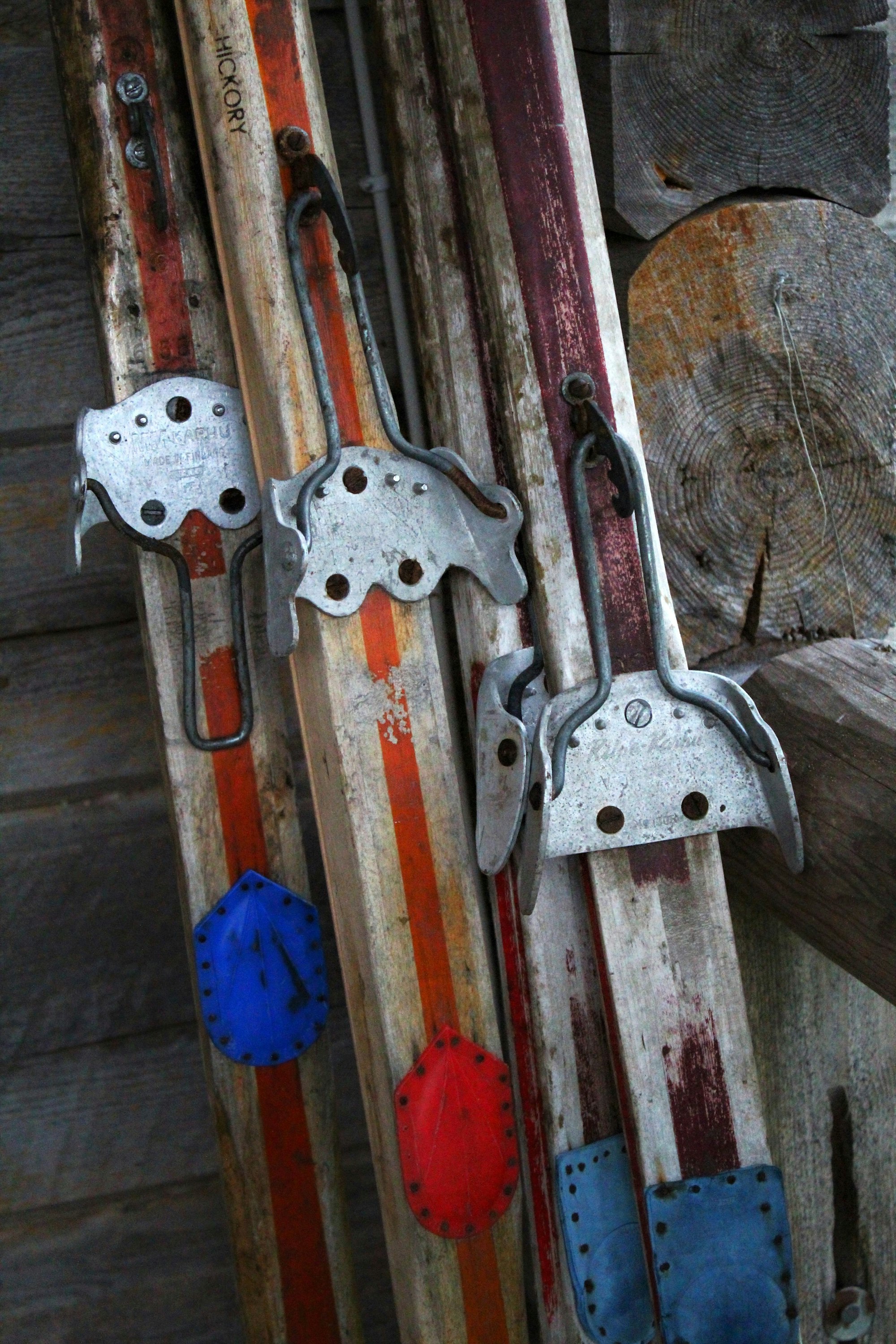




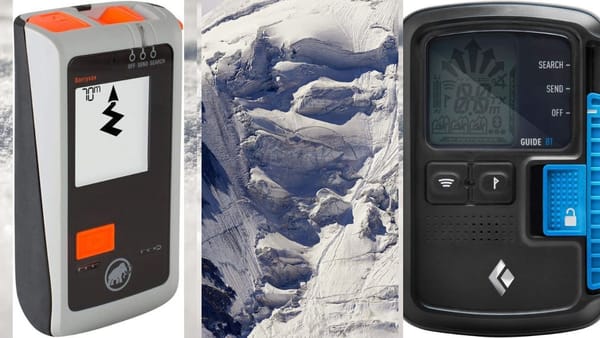
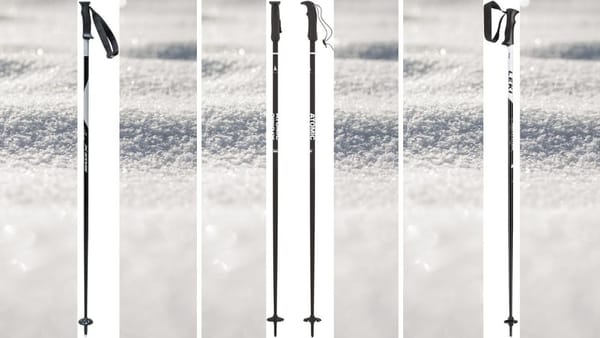



Member discussion